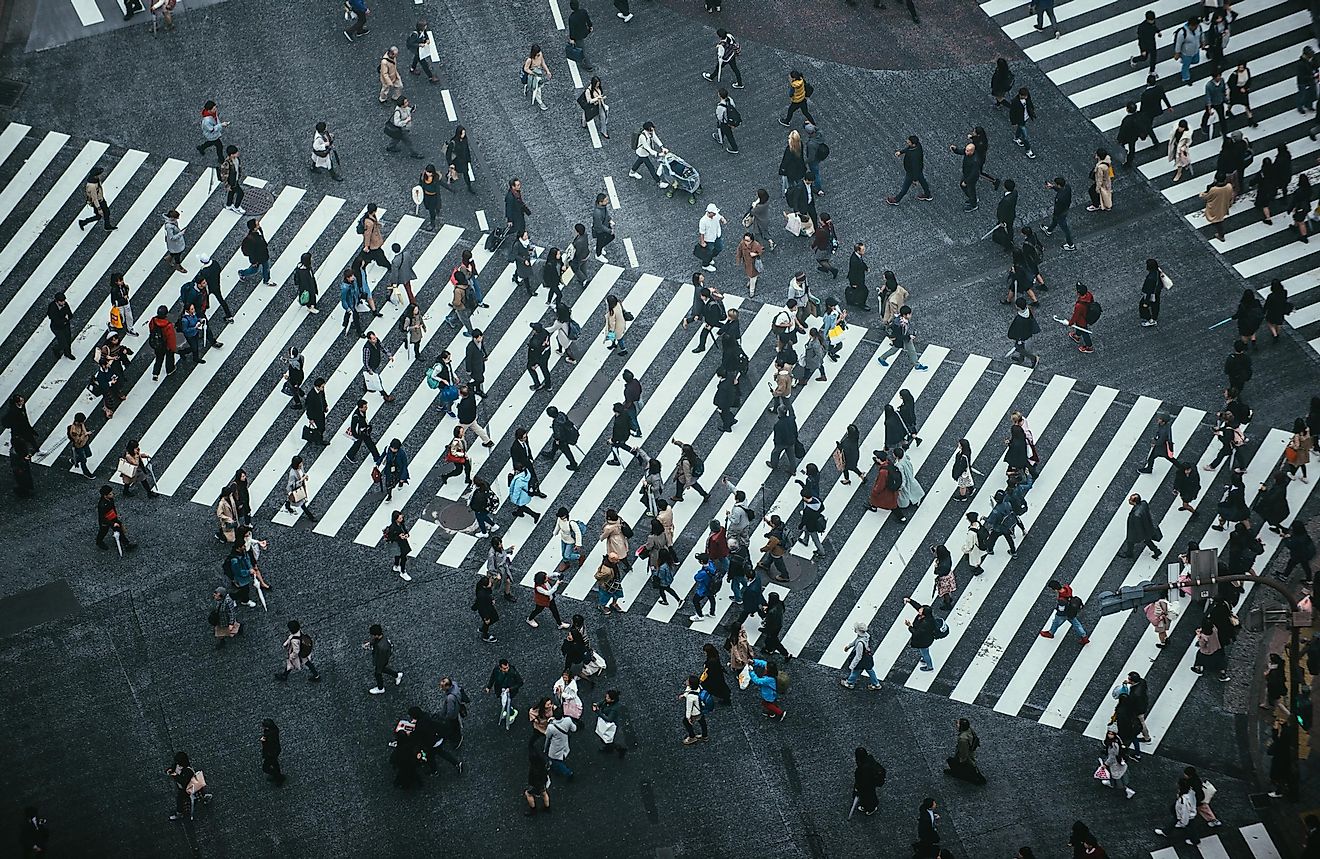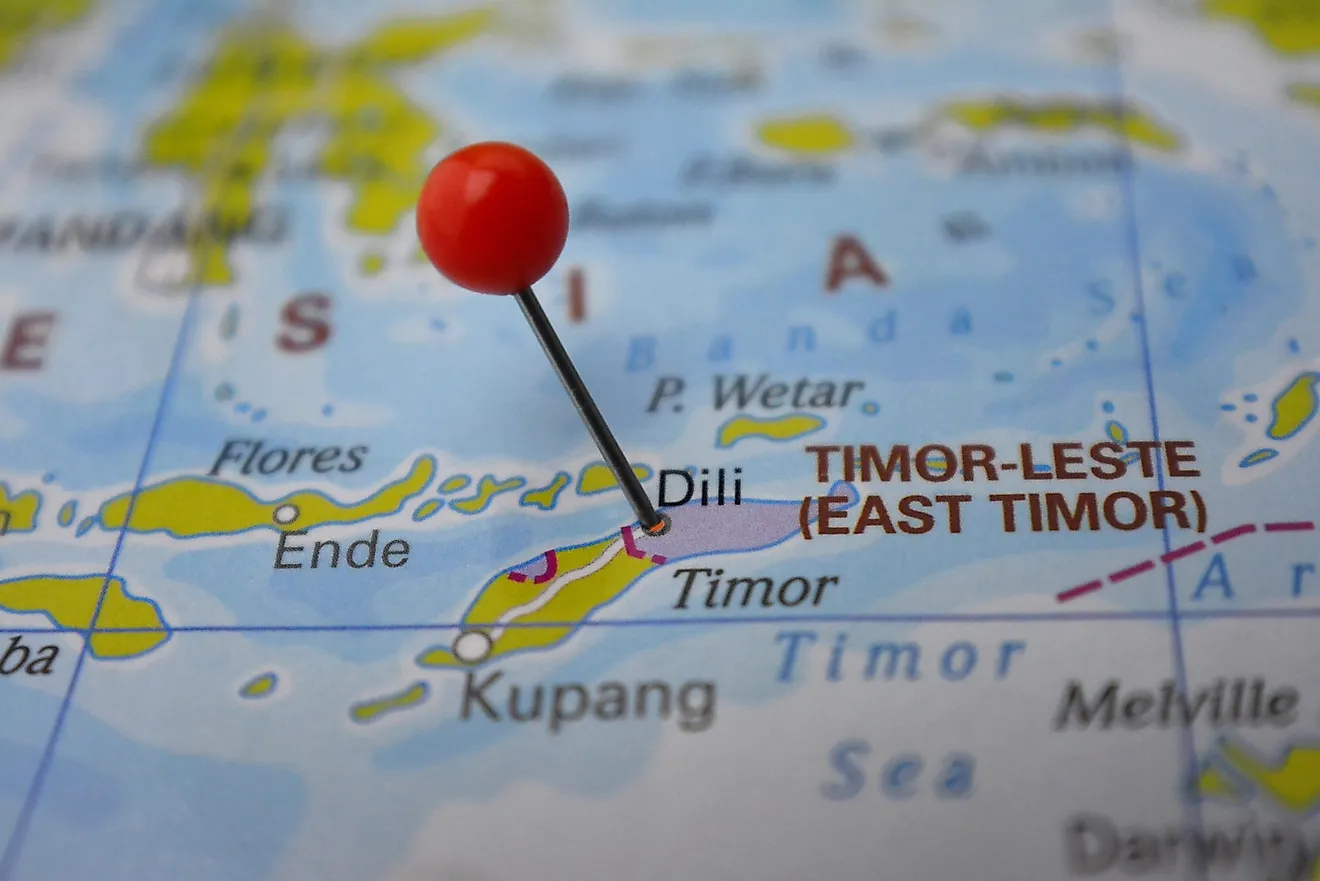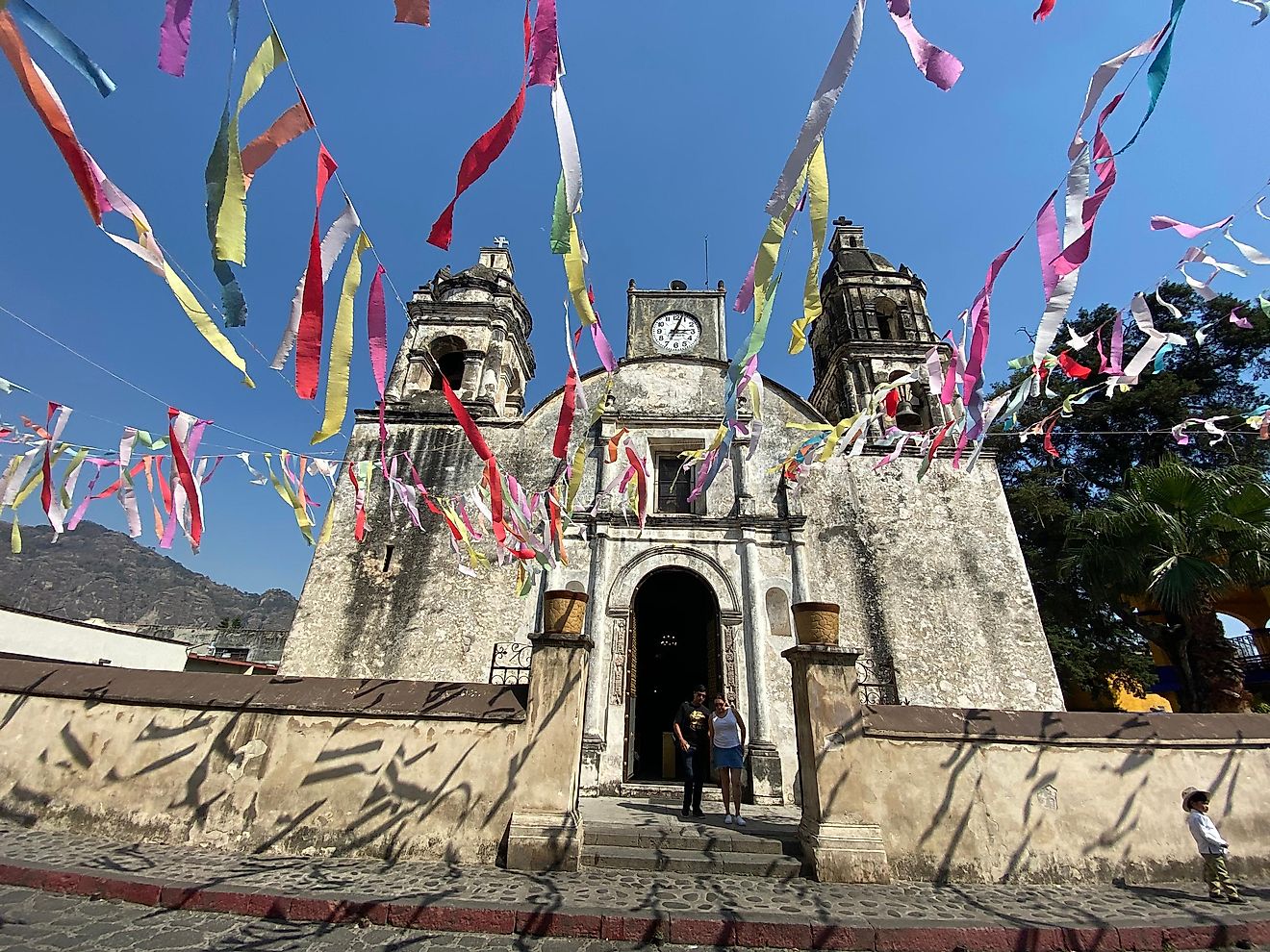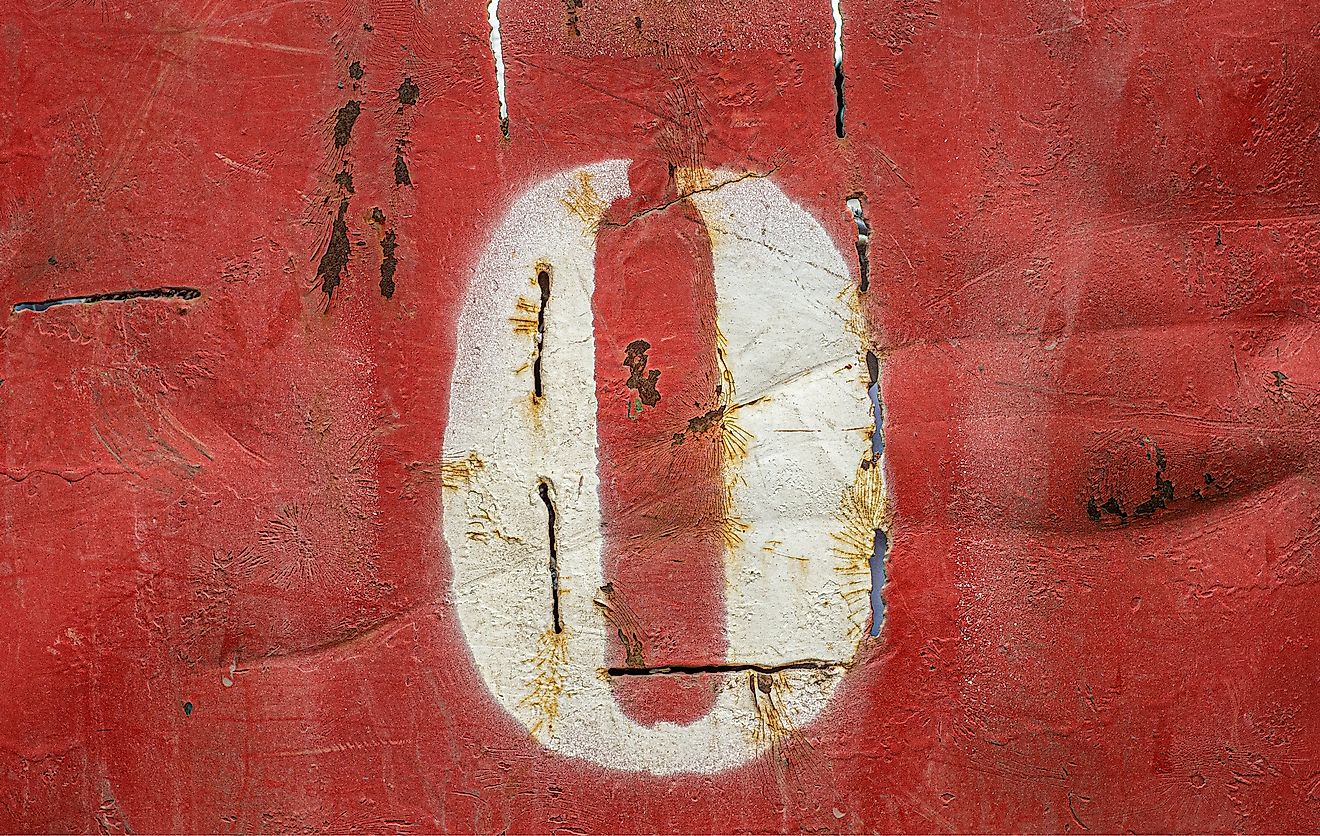What Is A Michelin-Star Restaurant?
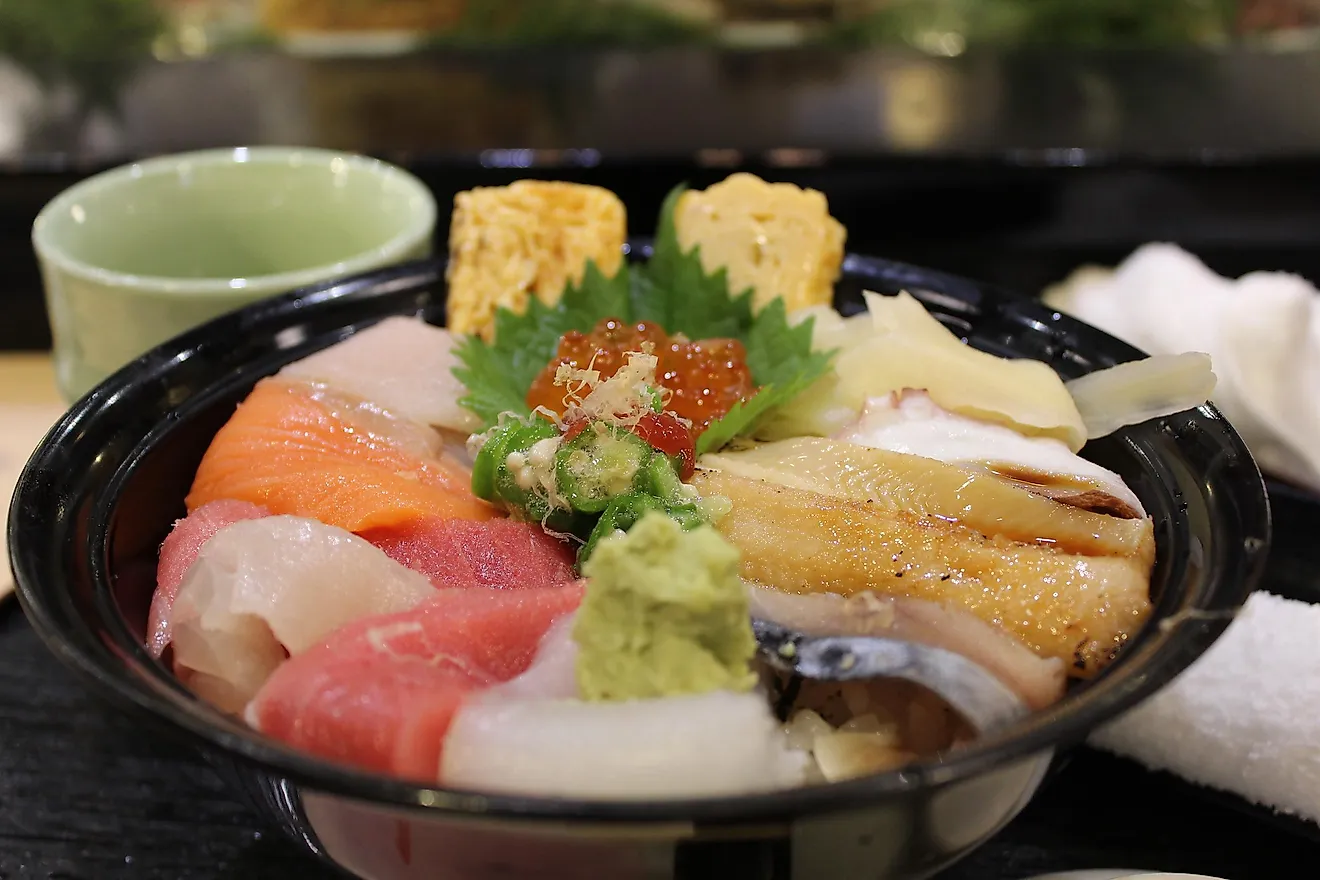
- The Michelin Guide is produced by the same company that produces Michelin tires.
- Some chefs 'give back' their stars because their restaurants are too small to keep up with the global demand.
- Japan has more Michelin star restaurants than any other country.
What transforms a favorite neighborhood eatery into a global sensation overnight? A Michelin star. More than just a popularity contest, earning a Michelin star is the aspiration of professional chefs, similar to an actor winning the Academy Award. Earning one, two, or three stars is the gold standard for restaurants and hotels worldwide, and many travelers plan entire holidays around hard-to-get reservations at these exclusive destinations.
History
When French brothers Ándre and Édouard Michelin first published their guide in 1900, they were trying to sell tires not fill restaurants. As entrepreneurs they had some early success with their tire company, inventing removable bike tires and the first pneumatic car tire. France didn’t have an extensive road system at the time or many cars. Tire sales were slim and adventure-seeking drivers had limited knowledge about the French countryside. Spotting an opportunity to encourage more driving, and, as a result, sell more tires, they wrote up a travel guide mapping routes, hotels, and restaurants. They even put up handmade road signs to help travelers find their way. The result? Michelin became hugely successful.
The Stars Come Out
A few years after the first publication the brothers began to denote favorite establishments with little stars. In 1926 the guide expanded into fine dining, and in 1931 the rating system was refined into the standard it still holds today:
- 1 Star: A very good restaurant in its category.
- 2 Stars: Excellent cooking, worth a detour.
- 3 Stars: Exceptional cuisine, worth a special journey.
The Inspectors
The process of awarding stars is an industry secret. Although completely anonymous, Michelin has revealed its restaurant critics, called inspectors, consists of a worldwide team of knowledgeable culinary experts including former chefs. Inspectors make multiple visits to a restaurant, but because they do not take notes and visit over a variety of days, their identity remains a secret. Inspectors evaluate the entire dining experience, from the politeness of staff to the wait time. The inspectors also judge attention to detail in the decor, atmosphere, and food. As a result of this extensive training, anonymity, and whole dining experience, the guide and its stars are considered highly reliable.
The Impact
From its beginnings in rural France, the Michelin guide has spread to the Americas, Asia, and Europe. Today inspectors rank fine dining in 23 countries, and in 14 languages, offering reviews of the best Asian fare in Tokyo, Hong Kong, and Macau as well as more recent additions of Brazil and Mexico. The ranking system arrived in the United States in 2005, concentrating on fine dining in cities like New York, Chicago, and Los Angeles. Earning a Michelin star can catapult a restaurant into the stratosphere of success, while the loss of stars is considered a huge embarrassment. One thing is for certain, if you want to enjoy a meal at a Michelin star restaurant, book your reservations early and up to a year in advance.

